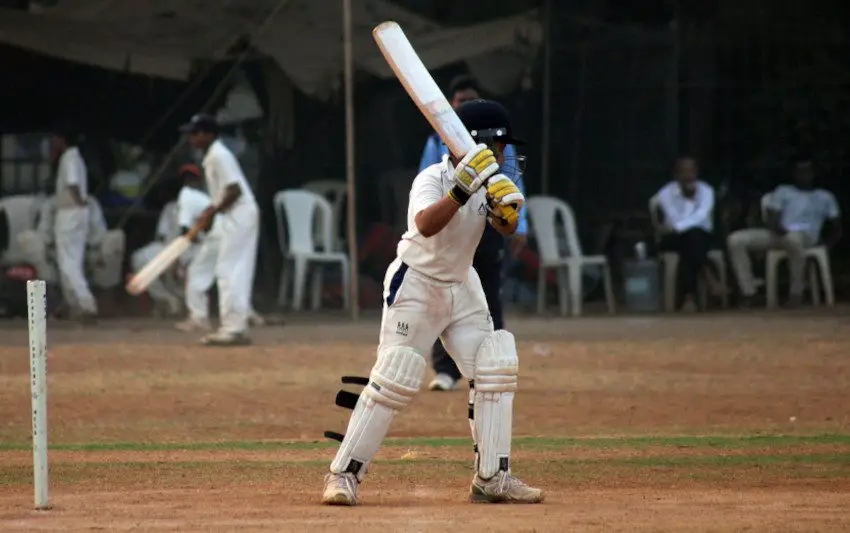Table of Contents
As the sport of cricket has evolved, organisers have continually introduced new formats in order to attract a new audience. Traditionally, test and first class cricket had been the only form of the game but, in more recent years, one day formats have been implemented in order to produce more attacking batting and a feast of runs.
What are the Major Cricket Formats?
At international level, there are now three clear formats – test cricket, one day internationals and T20 internationals. Each attracts its own audience but test cricket is still seen as the pinnacle of the game by many.
In the domestic game, first class cricket adopts the same laws as test cricket while one day games and T20 matches follow the same format as the international scene. As we will shortly see, domestic organisers within English cricket have now come up with a new format of the game called the Hundred which works in a completely different way.
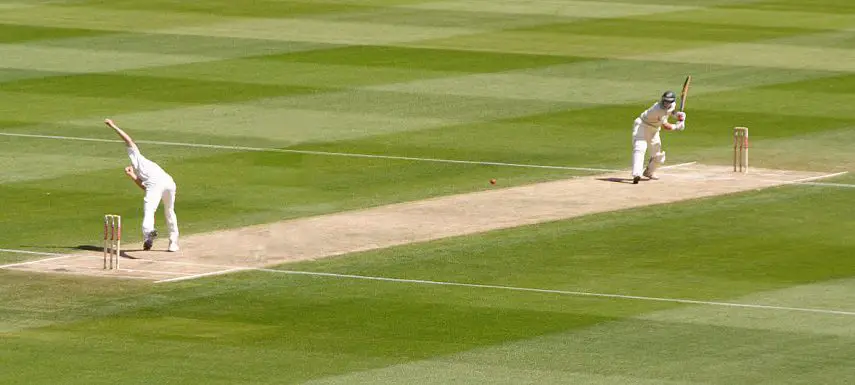
Test Cricket Matches
Following the essential laws of the sport, test cricket is a game between two international level teams of 11 players. Each side has two innings and, in essence, the team with the most runs at the end of the game will win.
There are, however, four possible results in test match cricket and this is one area where the format differs to the rest. Games can end with a win for either side or, there can be a draw or a tie. Here’s how those results can play out.
Possible Results
A side batting last will win a game if they score more runs than the opposition while keeping all of their wickets intact.
A side batting first will win if they score more runs than the opposition but they must take all of their opponents’ ten wickets. If they do not take all ten wickets, the match is drawn.
A tie will occur if the side batting last loses all ten wickets and the overall scores are level. A tie is extremely rare and, in more than 2000 test matches since 1877, there have only been two such instances.
Draws will occur when time runs out on the match. If no result has been possible during the allotted time, the match is drawn.
History
The very first test match was played between Australia and England and it took place at one of the largest cricket stadiums in the world, the Melbourne Cricket Ground in March 1877, Since then, other countries have joined the schedule of test playing nations and, in 2025, there are 12 teams playing this format of cricket.
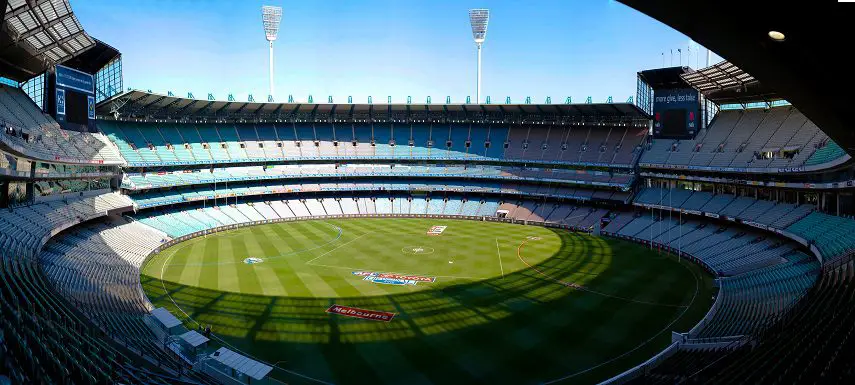
Australia and England have subsequently been joined by South Africa, West Indies, India, Pakistan, New Zealand, Sri Lanka, Bangladesh, Zimbabwe, Afghanistan and Ireland.
Countries are now competing for the World Test Championship which has recently been introduced to add a little more interest as the format battles for an audience with the shorter forms of the game.
If you want to know more about how test matches play out, and why it is considered superior to the newer formats of the game, check out our definitive introduction to test cricket.
ODI Cricket Matches
As for limited overs cricket, One Day Internationals frequently use the abbreviation ODI and, as the name suggests, they are intended to be contested over one day and with a limited number of overs. On occasions, if weather intervenes, there is a reserve day in place if it’s a World Cup final or an important match that really must be completed.
The format of one day cricket has changed a little over the years but the current form has been established for some considerable time. Two teams of 11 players receive a maximum of 50 overs per side and, at the end of that sequence, the team with the highest score wins.
The simple concept makes ODIs easier to understand and this is, perhaps, another reason why the format attracts a bigger audience. Things can, however, get a little more complicated if the scores are level at the end of a game.
Generally speaking, at the end of a match in a regular bi-lateral series, the contest will be declared a tie if those scores are level. Alternatively, a Super Over will be used where each side receives six balls to establish the winner. In the event of a further tie, the 2019 World Cup final between England and New Zealand went to the country with the most boundaries.
The end of the 2019 final was a controversial one and it’s felt that a rule change is necessary so it’s a case of ‘watch this space’ in the future.
Brief History
The very first One Day International came about by accident. During England’s tour of Australia in 1970/71, the first three days of the third test match in Melbourne were lost to rain. With no result possible, the teams played a one-off 40 over game which Australia won by five wickets.
The format quickly grew in popularity and the first ever One Day World Cup took place in England just four years later. Currently, there are 20 nations playing this form of cricket at the highest level. The 12 test playing nations are joined by Scotland, the Netherlands, Oman, Papua New Guinea, Nepal, Namibia, the United States and the United Arab Emirates.
T20 Internationals
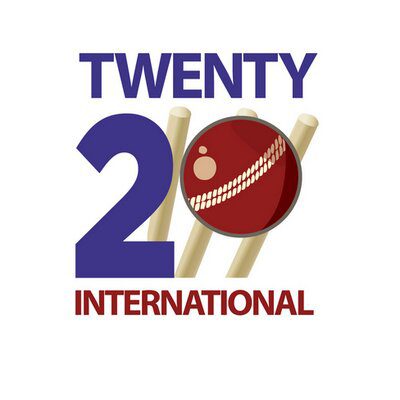 Currently the shortest form of the game, the very first game of T20 international cricket took place between Australia and New Zealand in 2005. The title offers a clue here and each competing side receives just twenty overs to compile the highest score.
Currently the shortest form of the game, the very first game of T20 international cricket took place between Australia and New Zealand in 2005. The title offers a clue here and each competing side receives just twenty overs to compile the highest score.
The remainder of the laws tend to mirror those of ODI cricket. The team with the highest score will win the match but those Super Overs are more prevalent in the event of a tied game.
The international T20 family is much wider than in any other format of cricket: Along with the 20 nations who compete at ODI level, there are an additional 53 countries who currently have permanent T20i status. The ultimate goal for those teams is to play in the T20i World Cup – a competition which was first held in 2007.
Different Formats
All three main forms of cricket are contested at domestic level as well as on the international level. Only a game between two countries can be classed as ‘test cricket’ but across the world, domestic teams take part in ‘first class cricket’.
First class cricket is distinct from other formats as both sides are allocated two innings and, once again, there is scope for four results – a win for either team, a draw or a tie. The key difference is that first class domestic cricket is played over four days instead of five.
Official competitions take place in every test playing country and tournaments include the County Championship in England and Australia’s Sheffield Shield.
One day and T20 cricket matches are also played at domestic level. T20 franchise cricket is, in particular, hugely popular with major tournaments attracting the best limited overs players from across the world. The Indian Premier League is the biggest of these competitions but other major events include Australia’s Big Bash, New Zealand’s Plunket Shield, the Caribbean Premier League, the Pakistan Super League and the T20 Blast in England.
The Hundred
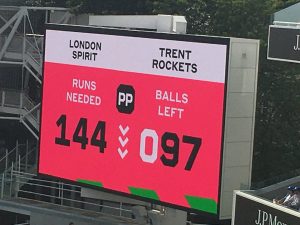
Many cricket formats originated in England and the country has introduced a brand new form which began in 2021. Known as the ‘Hundred’ it promises to be the fastest format of the game with each match scheduled to be played over 100 deliveries.
For the first few editions of The Hundred, there are eight franchise teams taking part from all across England and Wales. Significant financial input has helped those sides to sign some of the best limited overs specialists in world cricket.
When play starts, each of the two teams will receive 100 balls. The concept is the same as traditional formats in the sense that the side with the highest number of runs will win the game but there are some unique twists to The Hundred.
In other cricket forms, each over consists of six balls but not here: The Hundred has a new set of rules, including that overs consist of five balls, known as sets, and bowlers can send down five or ten deliveries in succession. At the end of every ten balls, play will change ends. The innings will then come to a conclusion when 100 balls are bowled or the batting side loses all ten of their wickets.
Individual bowlers within the fielding side can deliver up to a maximum of 20 balls in each innings. The Hundred also makes room for time outs while the Powerplay is in place for the first 25 balls of each innings.
The Hundred was trialled in England in 2024 with that eight team format taking place, and while crowds were good in that first competition, traditional cricket purists are not convinced. To date, no other country has played this format of the game at a domestic level and there are no plans in place to make this an international cricket format. That situation could, of course, change in the future.
It’s also possible that the laws of The Hundred will evolve over time. We’ve seen in T20 tournaments that separate rules have been introduced by the individual organisers. For example, in Australia’s Big Bash, there are substitutes used and the batting side can choose when the second Powerplay comes into force.
For now, the Hundred stays with its opening format but there is the scope to tweak and update this as the competition evolves.
T10 Cricket
There are many T10 competitions around the world, and as I write this update, I’ve been watching action from the 2024 Abu Dhabi T10 League. The format is essentially the same as T20 cricket with that obvious difference: Teams receive a maximum of ten overs instead of 20.
The game is much quicker and the format allows stadiums to showcase two or three matches in the same day. It’s a fun competition, that isn’t taken too seriously, and I would be surprised to see T10 cricket adopted as an international format by the ICC.
The 6IXTY
Following on from The Hundred, the West Indies brought in another weird cricket format in 2022. The 6IXTY is a game where each side receives a maximum of 60 balls. Like The Hundred, there are competitions for men’s and women’s teams, and the organizers have also introduced a series of odd rules.
In this game, batting sides only have six wickets to play with. If they lose all six wickets within their allotted 60 balls, their innings is over. For clarification, each team uses eleven players when they are fielding. There are two Powerplay overs, but if the batting side hits two or more sixes in those first two overs, they unlock a third.
The first 30 balls will be delivered as five, 6-ball overs from the same end. After that, play will switch to the other end for the final 30 balls.
It’s a strange way to play cricket: Personally, while I enjoy the shorter formats, I don’t think that organisers should change the rules so much. By all means have new formats, but keep to the essential laws. If you don’t follow them then in my opinion, it’s just not cricket!


